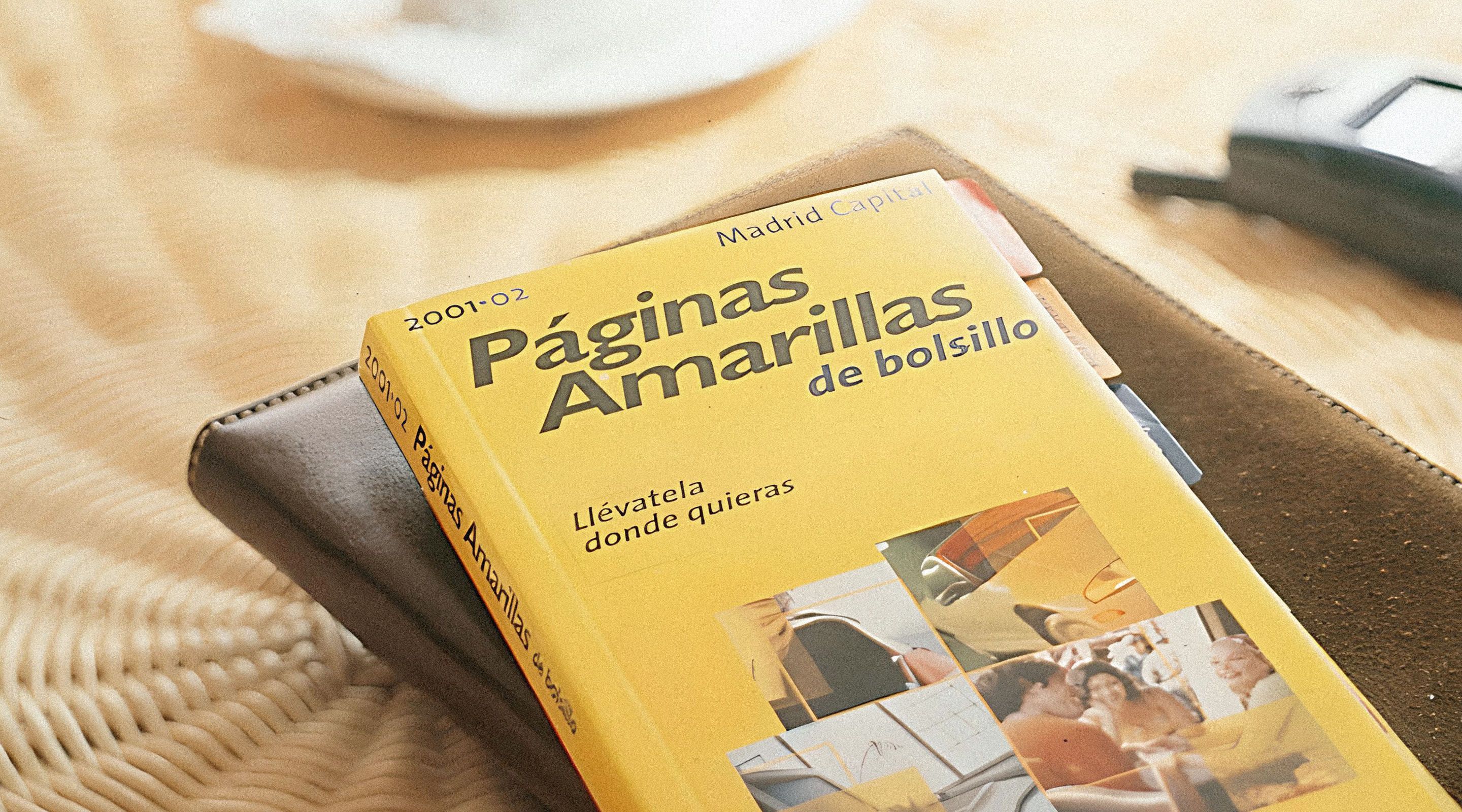
1999
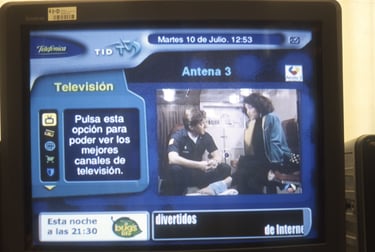
Our historic copper network had a surprise in store. In its cables, voice and data can coexist through ADSL technology, the first technology that made it possible to popularise the internet in households and businesses with a flat rate.
Copper turns to gold: ADSL is born
01
ADSL is a huge opportunity for Telefónica. This technology, developed by Bellcore Laboratories for the Baby Bell companies in the United States (the seven telephone operators into which AT&T had split), allowed the copper pair to be used for both voice and high-speed, stand-alone data transmission. It made it possible to compete with cable operators on broadband from day one without having to install a new cable to the customer, which would have required a multi-million dollar investment. Telefónica thus takes the decision to abandon the deployment of coaxial cable and launch ADSL in all our operations, both in Spain and Latin America. In Spain, after meeting all regulatory requirements, Telefónica launches its ADSL in October 1999 with various options ranging from a basic ADSL with download and upload speeds of 256kbps/128 kbps to a premium ADSL with 2 Mbps/300 kbps. This makes us the first operator to launch it in Europe. In addition, we had to have a wholesale offer (which was called GigaADSL) ready so that all our competitors could indirectly access their installed ADSL at regulated prices. ADSL continued to evolve, with ADSL2+ becoming very popular in 2005 with speeds of up to 20 Mb, until the arrival of another even more powerful technology in Spain, fibre to the home (FTTH). With speeds of 50 Mbps in early trials, commercialisation began years later in 2008.
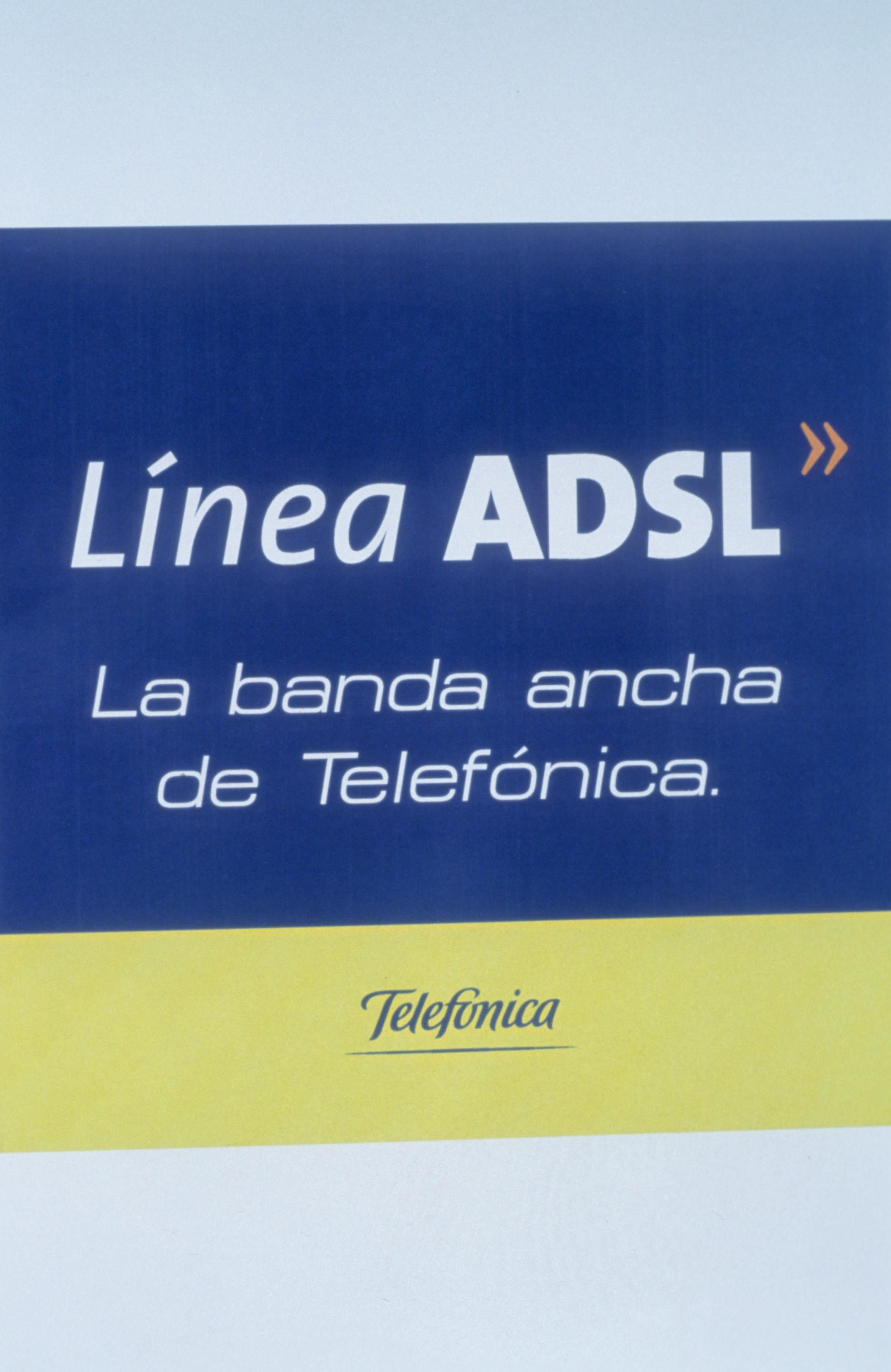
The first smartphone
02
In 1999, the Domo telephone arrived in homes. A functional, decorative, simple to use, elegant object that breathed modernity and would replace the previous model, the Forma. The emblematic designer Alberto Corazón was the creator of this model. Its name, and the back of the new device, was inspired by an authentic Roman domus. In 1999, as the 20th century drew to a close, the Dome introduced innovative services that turned the telephone into a small communication centre that received and broadcast messages, memorised numbers, enabled three-way conversations, automatically called emergency services, etc. Meanwhile, on the streets, blackberrys proliferated. This year, they also introduced for the first time a service that made a big difference: sending and receiving e-mail.
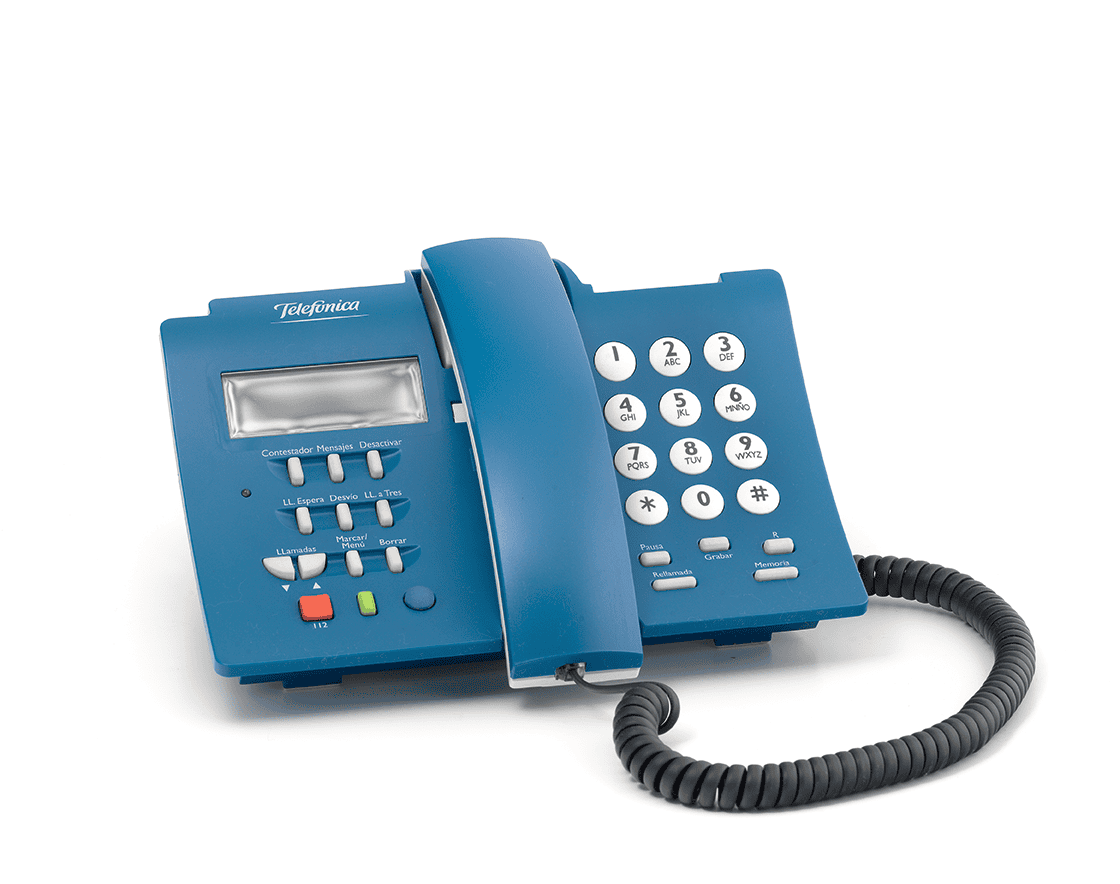
The year of IPOs
03
In 1999 Telefónica decides to bring together all the activity of portals with diverse content and Internet access (Teleline) in a new subsidiary, Terra Networks. And taking advantage of the high market value of Internet projects, it was floated on the Spanish and US stock exchanges on 17 November 1999 with a first session revaluation of 213%, which continued to increase in the following months, making it the tenth Spanish company in terms of market capitalisation. This enormous value enabled it to take the leap and buy Lycos, the third most visited portal in the US, in April 2000. U.S.A. It reached its highest stock market valuation in February 2000 and from then on the dotcom bubble burst all over the world. By the end of this year, Internet companies had lost more than 75% of their value. This episode, which caused major bankruptcies worldwide, is a case worth analysing, and one that provided important lessons for the subsequent growth of Internet businesses. That same year, 35% of the capital of TPI (Telefónica Publicidad e Información, the group's subsidiary that brings together directories and business contact services) was floated on the stock exchange, exceeding the most optimistic expectations. On its first day of trading, the Yellow Pages company's shares rose 29%.
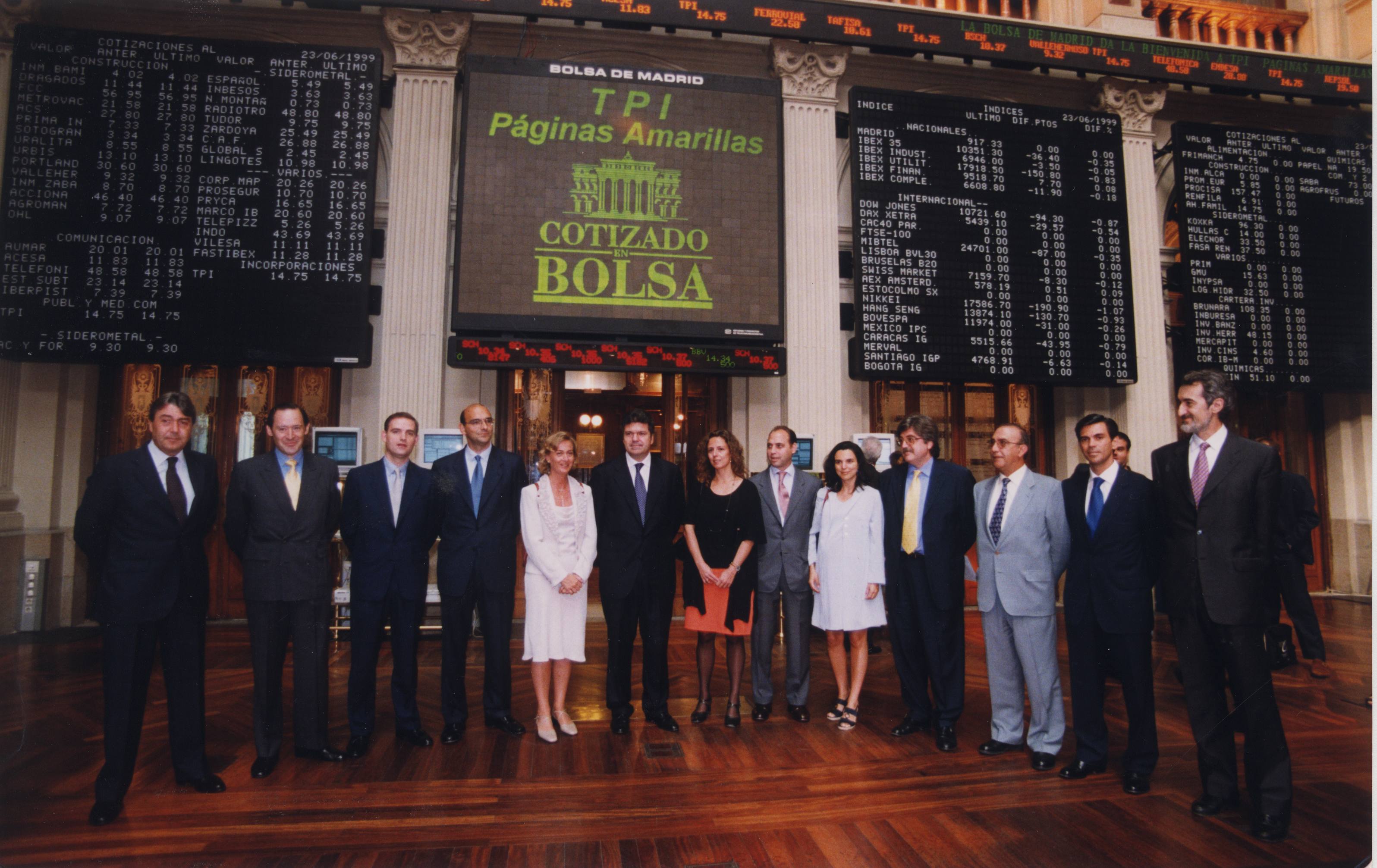
Do you have doubts about what happened?
Ask Aura